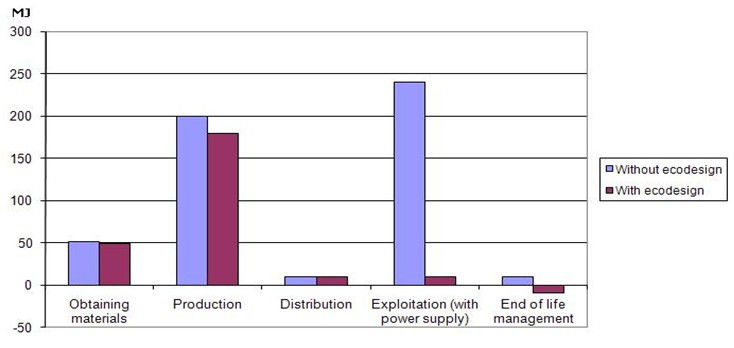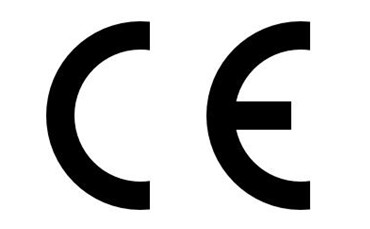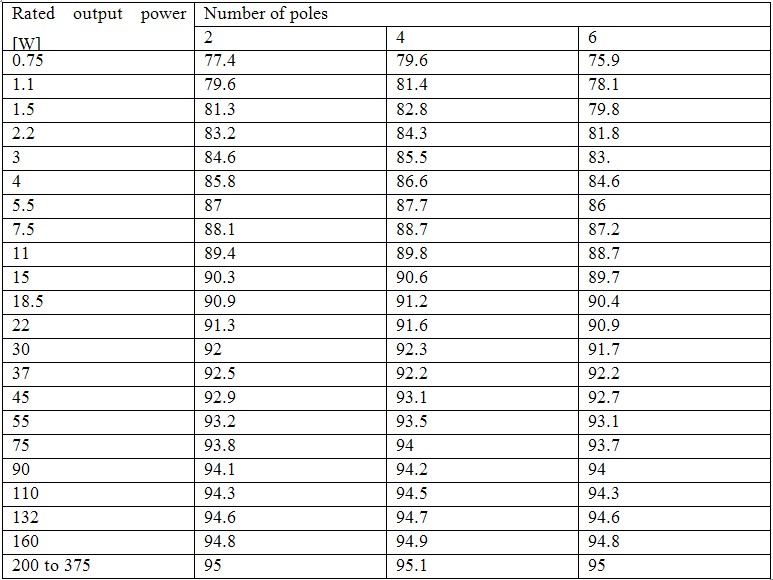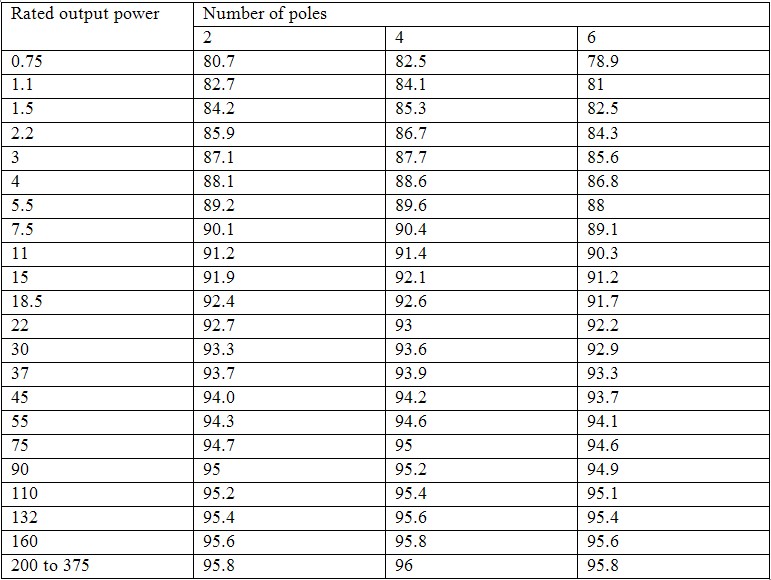
ECODESIGN
PARAMETERS OF ECODESIGN FOR PRODUCTS
The primary effort made in designing phase is to determine stages during the life cycle. The stages are:
• selection of the materials.
• production.
• packing, transport and distribution.
• installation and maintenance.
• exploitation.
• end of life management which is determined between the end of life of a product to the final incapacitation.
Each stage mentioned above is essential to be measured in term of environmental impacts. The measures are:
• estimating the usage of energy, materials and other resources such as water.
• estimated emissions of pollutions to the air, water on soil.
• estimating the physical pollutions such as noise, vibrations, radiation or electromagnetic fields.
• expected wastes.
• the possibilities of recycling of the used materials or energy.
The next step is to compile based on the former points possible strategies and alternatives which goal is to design the most efficient product possible. The out coming product is desired to be characterized with the least energy consumption, longest life span, least pollution and it must be built using the smallest amount of materials. The possibilities improving the designed products can be obtained with help of the following parameters:
• weigh and volume of a product.
• usage of materials from recycling.
• usage of water, energy and other resources during the life span.
• usage of materials which are classified as hazardous to health or environment.
• amount and complexion of materials used on the exploitation and maintenance
• usage of pre-loved parts.
• avoid inventions which are unable to reuse or to recycle.
• extend the life span by warranty, modularity or possibility of repair.
• amount of wastes
• amount of emissions to air, water or soil
Some products are designed for certain conditions which means that they may be very efficient when used properly and completely inefficient in different conditions. This is why in some cases it is essential to provide additional information about the product:
• information from the designer concerning production process.
• information for customers providing the knowledge how to install and maintain the product in order to minimize its impact on the environment and maximize the life span.
• information for establishments responsible for treatment, disassembly or recycling.
The outcome of the optimization of the product should be analyzed and compared to the original version. Graph 14 presents typical comparison of the two wireless computer mouse pointers where one is the original version and the other one is eco-designed of the same product. As can be seen the final product requires remotely less energy in the process of selecting the materials and production. This can be obtained by minimization of amount of materials used to construct the goods or by cutting the number of components. A significant difference occurs in the maintaining stage. As can be seen the eco-designed product uses several times less energy. This could be obtained by implementation of efficient energy control in the mouse which automatically loads the batteries when it is needed and cuts it from the grid when it is fully loaded. Also the end life stage is characterized with the reverse energy consumption in the eco-designed product. This was achieved by a use of materials malleable to recycle.

CE MARK AND ECODESIGN
CE (Figure 23) which stands for ‘Conformité Européenne’ (‘European Conformity’) is a mandatory conformance mark. The products which obtain the CE mark are ensured to satisfy all the essential requirements mentioned in the European Directives. It also admits the products to public trading in the European Economic Area (EEA) which associates the Members States of the European Union as well as Iceland, Lichtenstein and Norway.

The CE mark is not required for every product within the EEA. The mark affects many groups such as machinery, lifts, medical devices, or safety of toys but there are still areas where CE mark does not occur. Also there are groups where the mark is welcome but not necessary. The CE mark is also very important in case of Ecodesign. Energy related products are one of the elements affected by the marking which basically means that the CE mark is a main tool examining the effectiveness of the ecodesign.
The way of obtaining the CE mark depends on the level of the risk of the product. The procedure of concordance can be done in two ways. The minimum risk products can be self certificated while the others have to be examined by the adequate services.
ELECTRIC MOTORS
Exigencies for ecodesign for electric motors were stated in the
‘Commission Regulation (EC) No 640/2009 of 22 July 2009 implementing Directive 2005/32/EC of the European Parliament and of the Council with regard to ecodesign requirements for electric motors (Text with EEA relevance)’
Tables 22 and 23 present nominal minimum requirements for electric motors which have to be obtained to satisfy the Directive.


From 16 June 2011 the information about electric motors will have to be visibly displayed on:
• the technical documentation of the electric motors
• the technical documentation of the products where the motors are one of the elements.
• the internet pages of the producers of the motors.
• the internet pages of the producers of the products where the motors are one of the elements.
The information about the motors have to be displayed in the following order from 1 to 12. They are following:
1. Rated efficiency at the full, 75% and 50% rated load and voltage.
2. Efficiency class EF1 or EF2.
3. Year of production.
4. Name, place and commercial registration of the manufacturer,
5. Number of the product.
6. Number of the poles.
7. Rated output power (kW).
8. Rated input frequency (Hz).
9. Rated voltage (V).
10. Rated motor speed (rpm).
11. Information concerning disassembly, disposal, recycling and end-of-life management.
12. Information concerning the operating conditions such as altitude above the sea level, ambient air temperatures, water coolant temperatures, maximum operating temperature, potentially explosive atmospheres.
The technical documentation should also include every information about the specific precautions that must be taken during the assemble, installation, maintenance and exploitation of the motors.
-
Definition of energy conservation and demand side management|
Technologies|
Financial funds|
Legislative and normative issues|
Data base
Copyrights © Arkadiusz Mysiakowski
